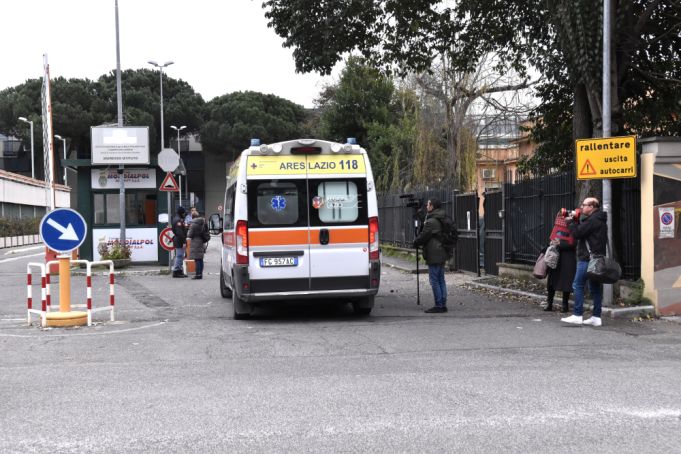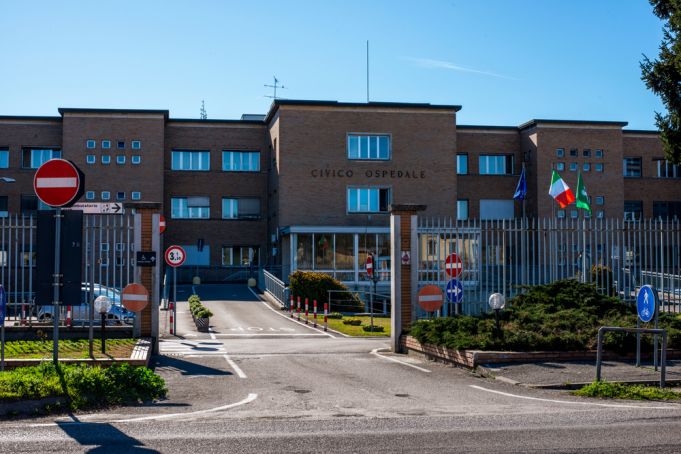How Italy coped with covid-19 during lockdown
Looking back on the coronavirus epidemic in Italy: How did we get here?
After months of lockdown, almost 250 thousand cases of coronavirus, and tens of thousands of deaths, Italy has started reopening its borders, signaling its confidence in the future. Though the country has suffered, strict efforts to prevent the spread of the virus and protect the population have proven to be successful. But how did we get here?When two Chinese tourists in Rome tested positive for coronavirus late January, many residents feared that the Eternal City would be the next Wuhan, the Chinese city from which the mysterious new virus originated. At that point, Wuhan had been under a strict city-wide lockdown for only a week, with the virus continuing to spread throughout the city at an alarming rate. Despite harrowing news coming out of China, the idea of a world pandemic seemed impossible and surreal, like something out of a Ridley Scott movie--definitely not the next chapter of 2020.
Also read:
In mid-February, in the midst of a bad flu season, hospitals in the Lombardy region started reporting abnormally high numbers of pneumonia, according to Time.On 20 Feb., a 38-year-old man checked into a hospital in Codogno, a small town in Lombardy, with pneumonia symptoms. Normally a healthy, athletic man, he had visited a local doctor days before, who had diagnosed him with the flu and sent him home. In the hospital, as he lay intubated and barely conscious, his wife mentioned to Dr. Annalisa Malara that he had recently attended a dinner party with a friend who had returned from China.Also read:
Dr. Malara made the independent decision to test him for coronavirus. In an article for the European Society of Cardiology, she writes, “the patient did not meet the national criteria for coronavirus testing but because of his severe situation, we decided to do it anyway.” Before the test results came in, Dr. Malara followed her instincts and quarantined the man, herself, and the nurses who had been in contact with him. “The risk of not doing so was too high,” she writes. Also read:- Coronavirus: Italy gets more cut off from the world
- Coronavirus: Italy's death toll overtakes China's


Also read:
Though Italy was initially the European country hardest hit by the coronavirus, at the time, the future of the entire European continent was uncertain. France’s first coronavirus outbreak occurred not long after Italy’s, as did Germany’s. In a sense, by taking strict action against the virus, Italy was gambling. The only example to follow was China’s, so that’s what it did. The government knew the motion to extend the initial lockdown across northern Italy would put a financial strain on the country, as Milan is the economic capital of Italy, but the gesture demonstrated that the wellbeing of Italian citizens outweighed financial insecurity. On 10 March, the entire country was put under lockdown. Also read: In the days following the national lockdown, strict preventative measures were added: all shops, bars and restaurants were closed, group gatherings were banned, individuals were required to keep a distance of 1 meter between one another, masks were required in public indoor places, and citizens were urged to stay home as much as possible. According to the BBC, studies conducted by the Imperial College London and the University of California found that Italy’s lockdown prevented around 630,000 deaths and millions of infections. Still, it would be months before the virus numbers plateaued and began to decline. Also read: On 4 May, Italy loosened some of its restrictions, entering Phase 2 of lockdown. On 15 June, Italy entered Phase 3, allowing businesses to open, groups to meet, and citizens to freely roam outside their homes. In this phase, the emphasis is on contact tracing and preventing large virus outbreaks. Local and national governments in Italy are closely monitoring the situation, ready to re-introduce restrictions when necessary. In some areas, this has already happened. On 3 July, the governor of the Veneto region, Luca Zaia, described Veneto as “high risk” after a spike in new cases. Around 80 people have been ordered to self-isolate. New restrictions will be placed on the region on Monday. Smaller virus clusters have appeared in Bologna, Mondragone, Palmi, Rome, and several other cities across Italy. In these cases, the government’s immediate response is to lockdown the source of the breakout (not the entire city), test, contact trace, and treat.Also read:
While the national situation is improving and many have the privilege of learning the ins and outs of this new normal, we can’t yet declare victory over the coronavirus.Main photo: Marco Iacobucci Epp / Shutterstock.com
















